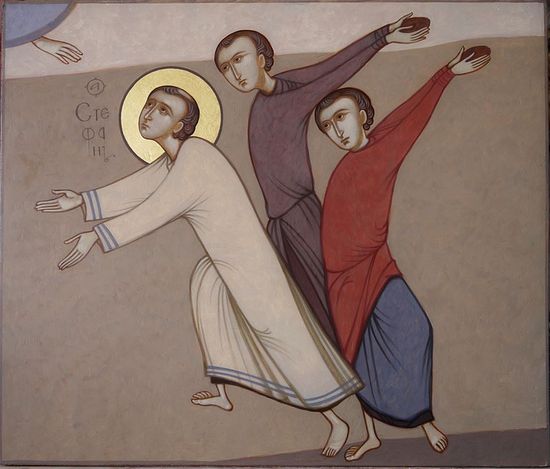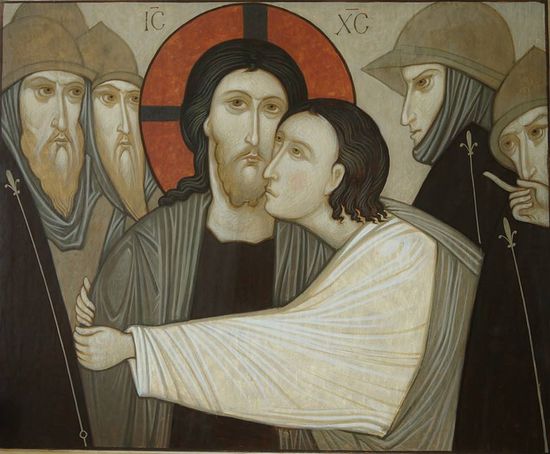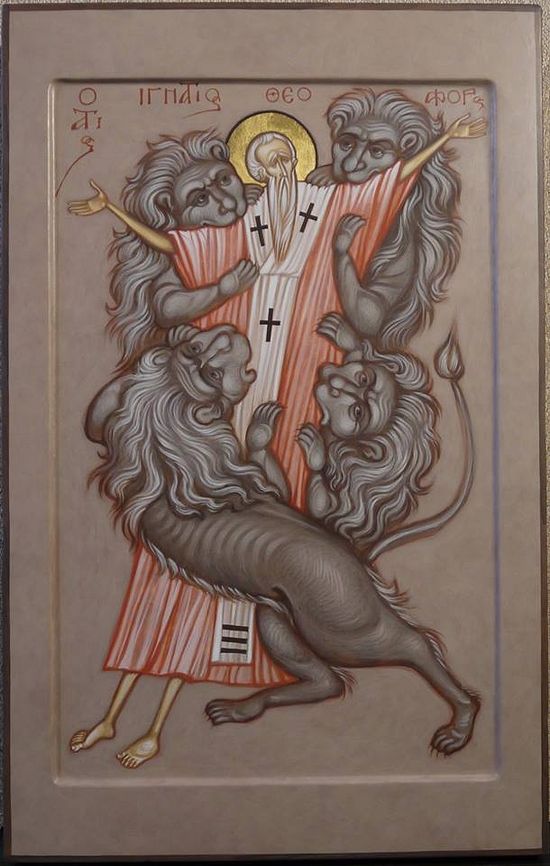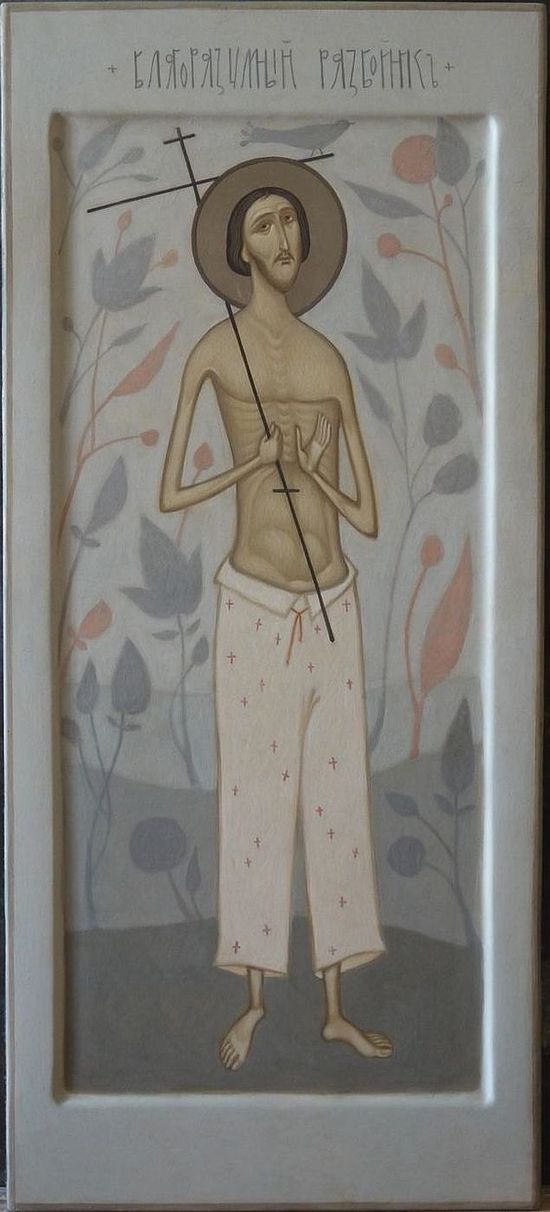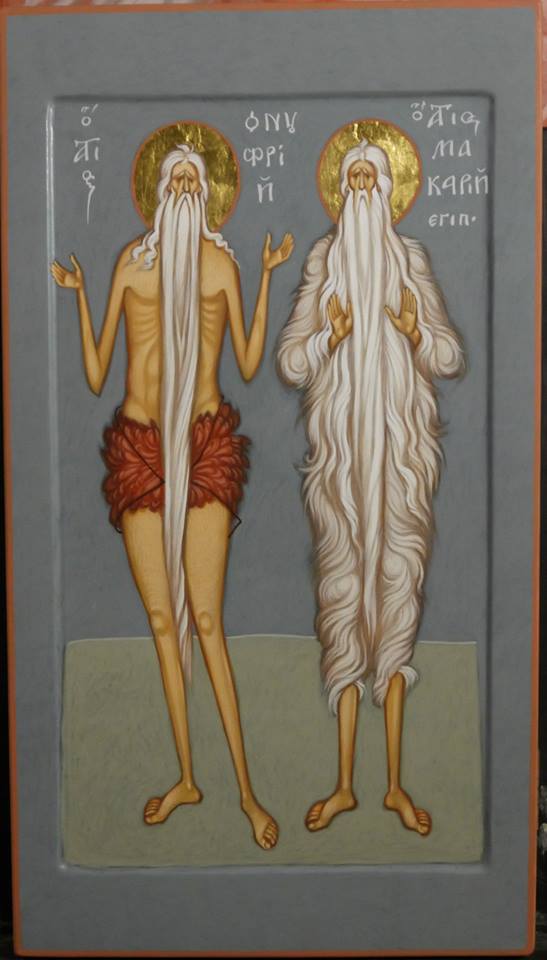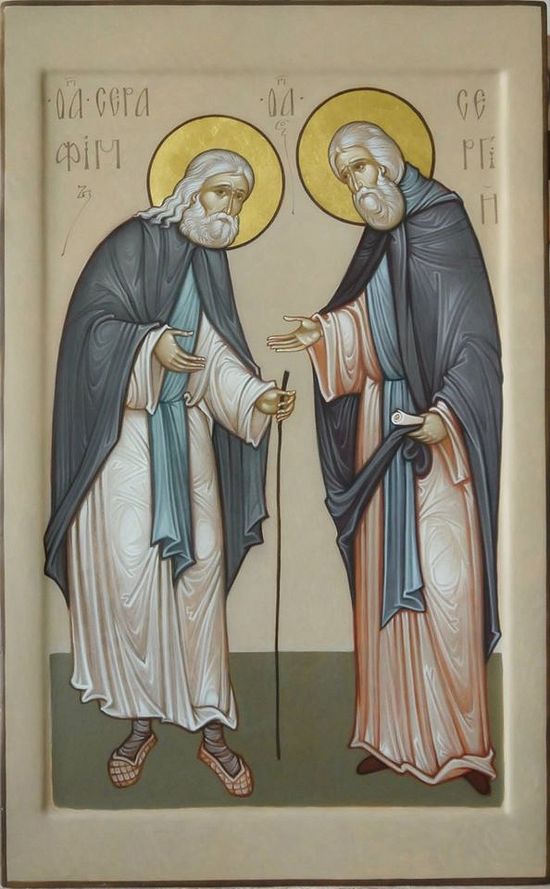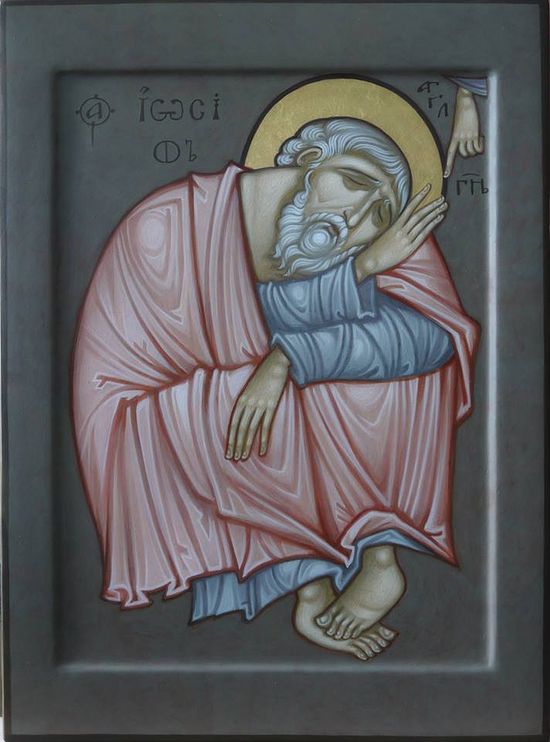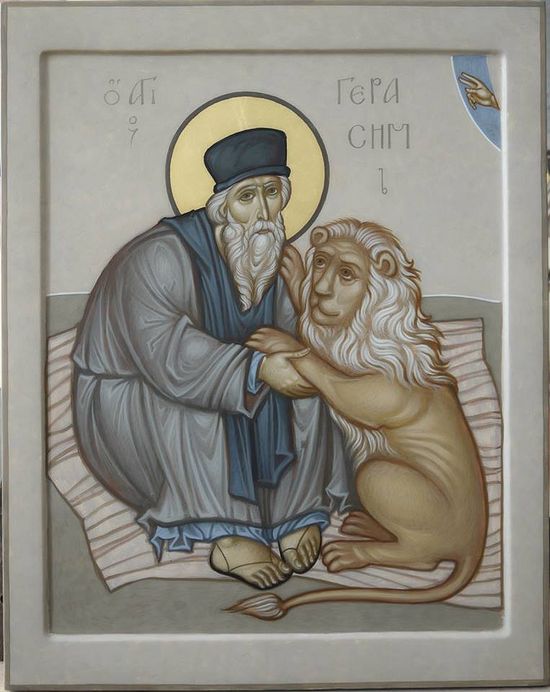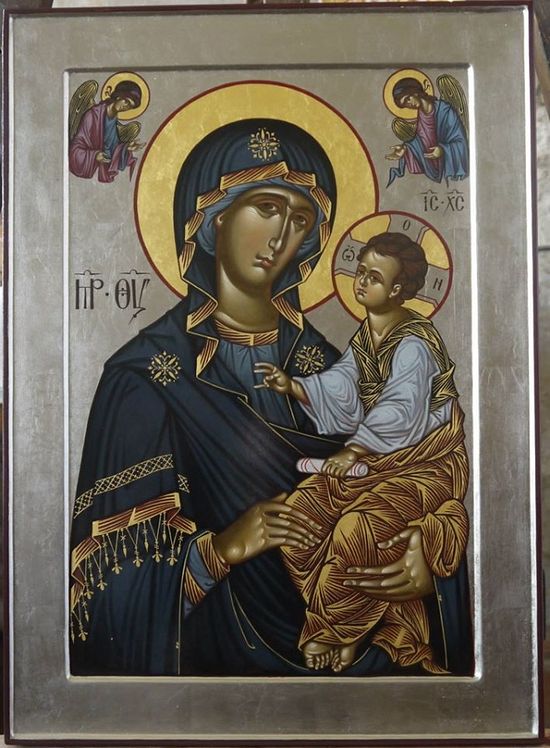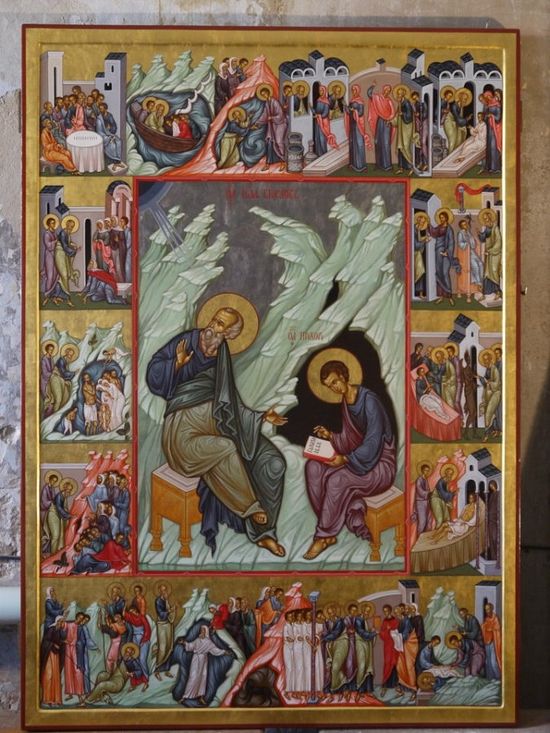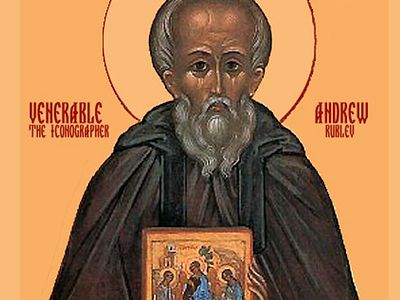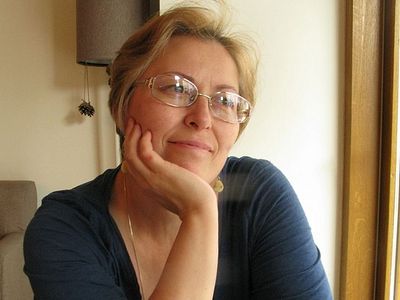Source: Orthodox Arts Journal
October 4, 2016
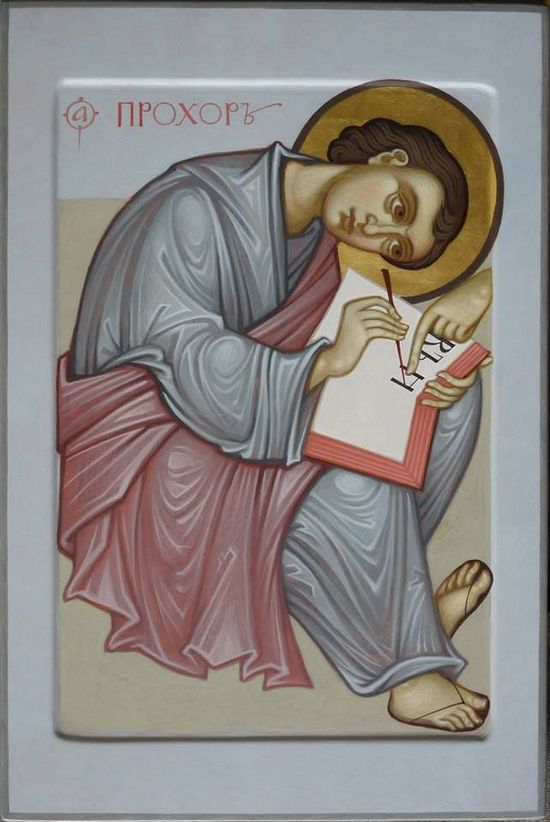 St. Prochoros the Deacon
St. Prochoros the Deacon
The distinctively fresh and masterful work of Maxim Sheshukov, a contemporary iconographer working in Sviyazhsk (Kazan region of Russia), is another example of the best synthesis of creative interpretation and conformity to Tradition which we can find nowadays. His work was mentioned in passing in a previous article on Contemporary Iconographers of Russia, but I thought it would be important to highlight his work as exemplary of the diversity and flexibility possible within our ever-renewing and living Tradition.
The more we look around, it becomes clear that the revival of icon painting has entered into a second stage. If the first could be described as the needful copyist stage, a studying “from without” to learn the grammar, after a long period of estrangement from the Tradition, today we find more iconographers producing works “from within,” daringly “thinking outside the box,” with their own poetic sentences to articulate. The internalization of the Tradition has become more evident in recent times. Copying has given way to authentic expression.
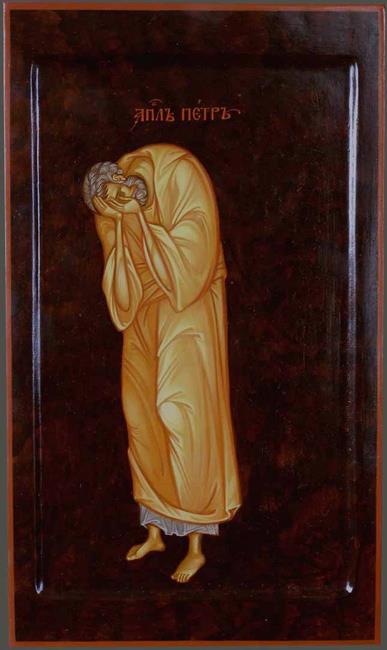 Peter Weeping for His Denial
Peter Weeping for His Denial
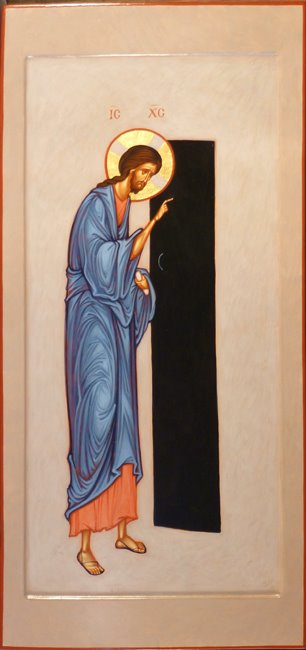 Christ Knocking at the Door
Christ Knocking at the Door
Thus in Maxim Sheshukov’s poetic work we encounter unquestionable dexterity, compositional flexibility, gracefulness of line and subtlety of color. There is also a kind of minimalism in his treatment of the backgrounds. However, the simplicity of the background pictorially works more as an energized field, rather than mere absence. It is as if the void manifests the divine Presence. Overall there is an all-embracing sense of joy in his delicate use of pastels, warm and cool grays. At times we encounter a child-like whimsicality. It is as if we are seeing through the profound purity of a child’s inner eye. Even if the scene depicted is Judas Accepting the 30 Pieces of Silver; hope, mercy and serenity are not too far distant. Not only are the usual prototypes readily discerned, but also he depicts moments rarely treated in isolation, such as the Slaying of Abel, Judas Accepting the 30 Pieces of Silver just mentioned, Zacchaeus Climbing the Sycamore Tree, Peter Weeping for His Denial and Christ Knocking at the Door.
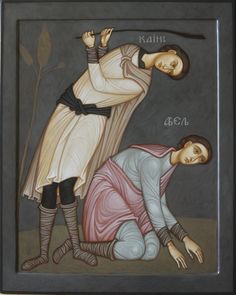 Cain Slaying Abel
Cain Slaying Abel
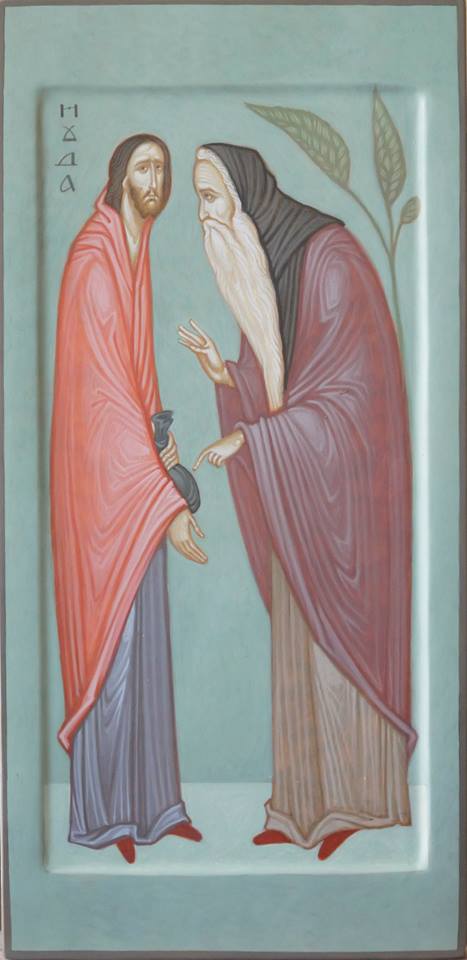 Judas Accepting the 30 Pieces of Silver
Judas Accepting the 30 Pieces of Silver
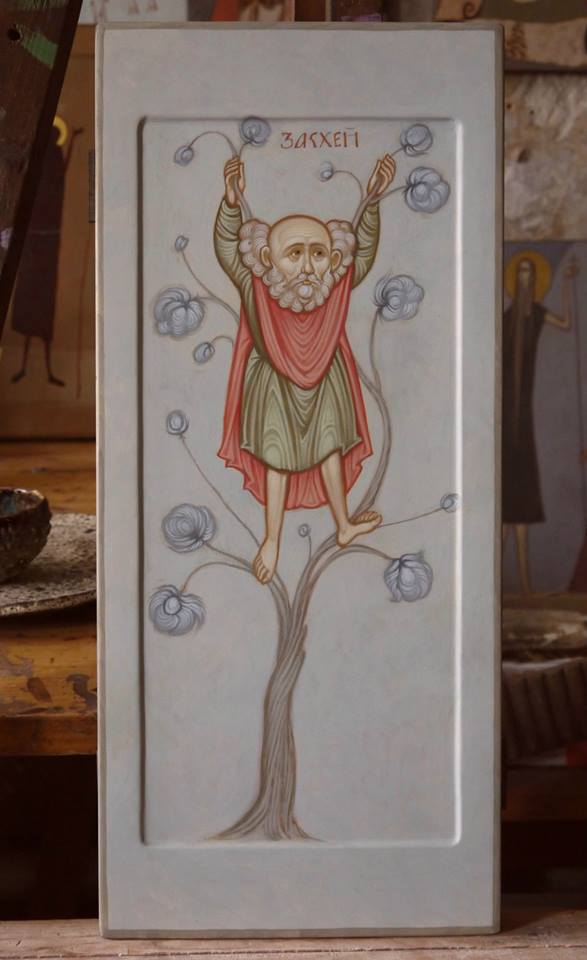 St. Zacchaeus Climing the Sycamore Tree
St. Zacchaeus Climing the Sycamore Tree
The elongation of the figures and exaggeration of facial features could be taken by some as unnecessary cartoonish stylizations, but these are some of the elements in the work that communicate that sense of other-worldliness which is to be expected of an icon. Let us not forget, in a “cartoon,” or rather a “caricature,” we have the essential elements of the person depicted, their unique characteristics. Hence “caricature” is a form of abstracting or “drawing out” of those elements that best communicate the unseen truth of the subject. In short, the invisibly is made visible through abstraction. This is most often done to ridicule, as satire, yet it can also be done as a way of praise, that is, of glorifying a saint. This is exactly what we find in most abstract works of the Tradition and this is what Maxim Sheshukov’s work thrives on. Hence in the samples that will follow what can be seen as the influence of Modern art is in fact nothing other than what has been with us all along in the Tradition, for “there is nothing new under the sun.”
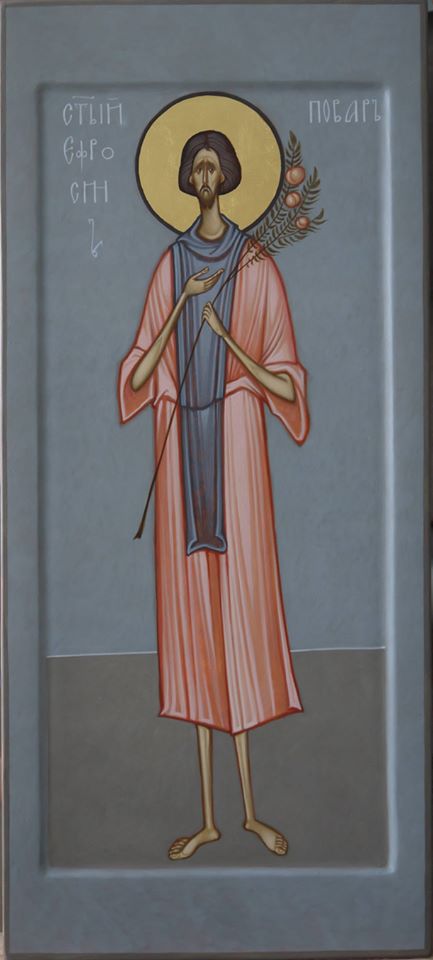 St. Ephrosynos the Cook
St. Ephrosynos the Cook
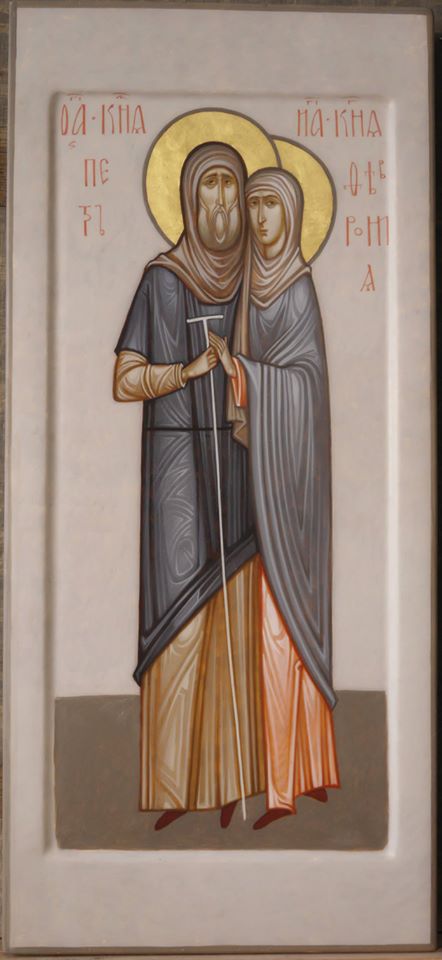 Holy Prince Peter and Holy Princess Fevronia
Holy Prince Peter and Holy Princess Fevronia
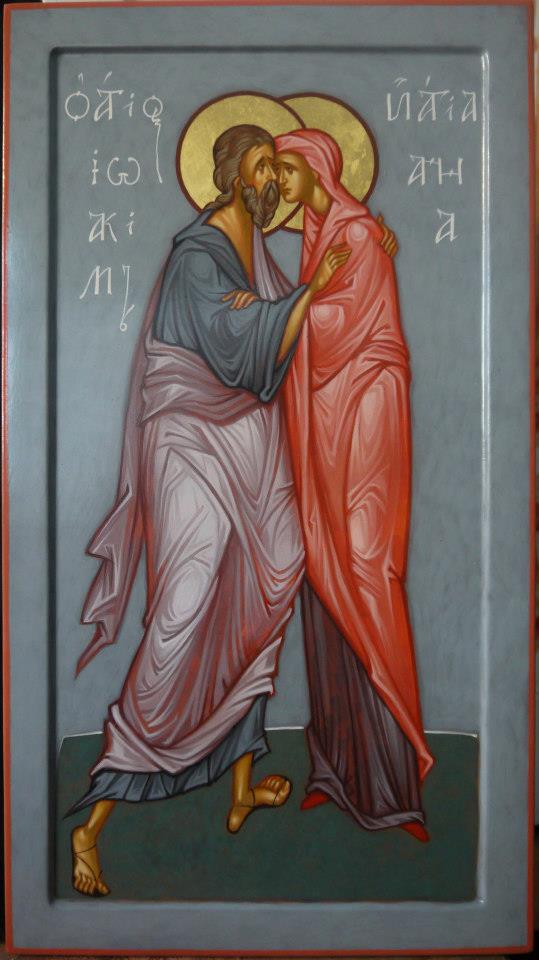 St. Joachim and St. Anna
St. Joachim and St. Anna
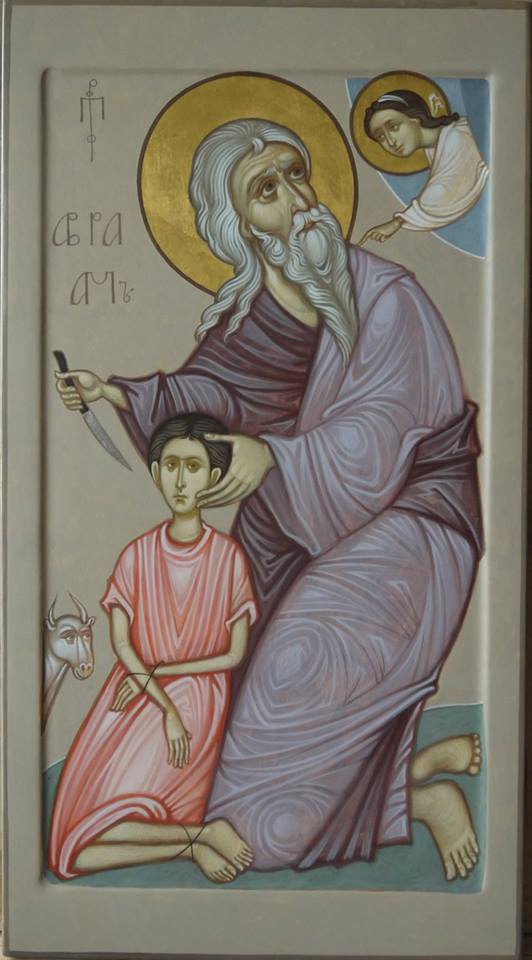 The Sacrifice of Isaac
The Sacrifice of Isaac
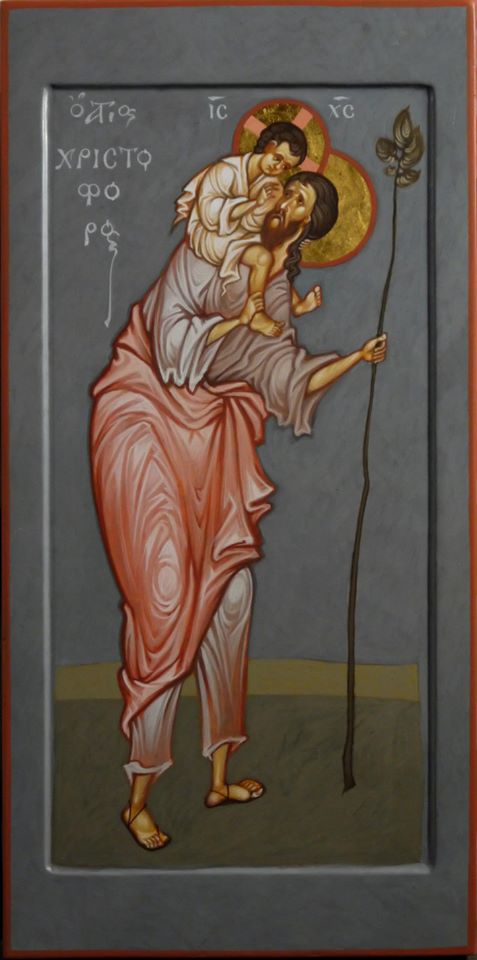 St. Christopher
St. Christopher
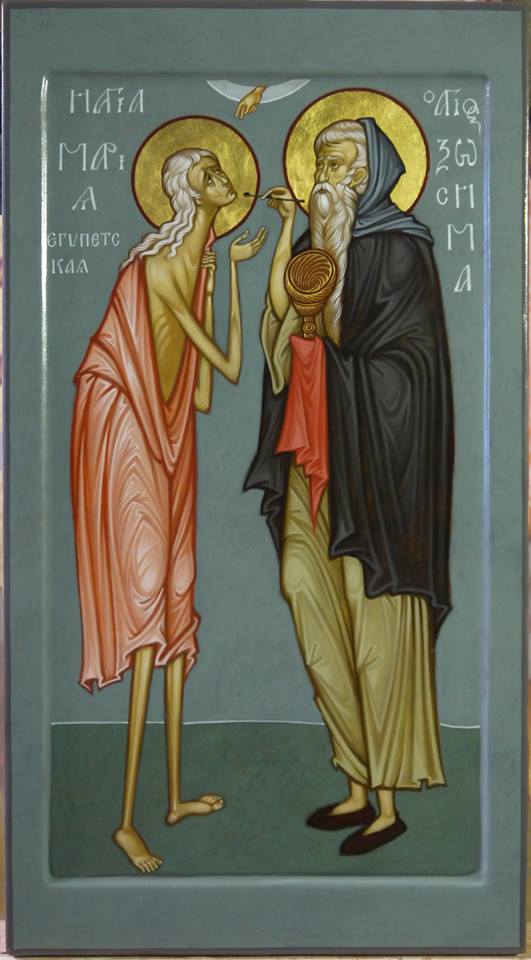 St. Mary of Egypt and St. Zosimas
St. Mary of Egypt and St. Zosimas
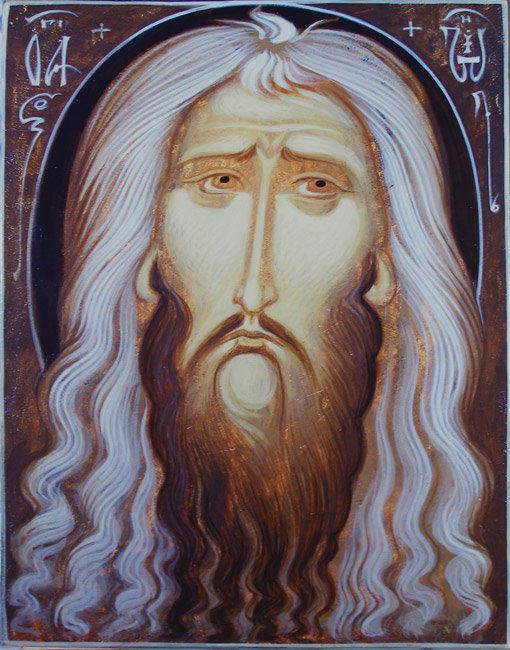 St. John the Baptist
St. John the Baptist
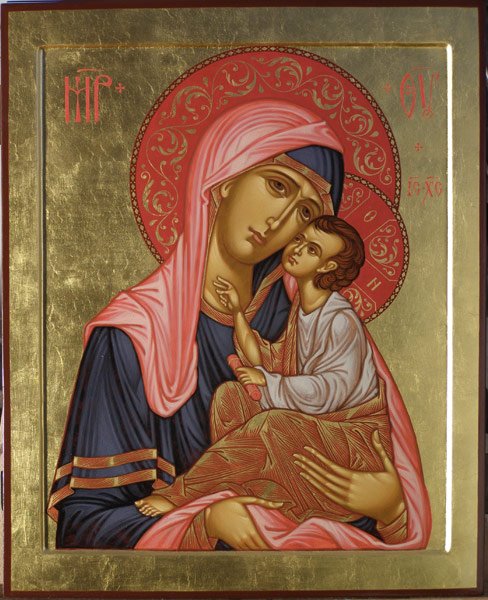 Theotokos Hodegetria
Theotokos Hodegetria
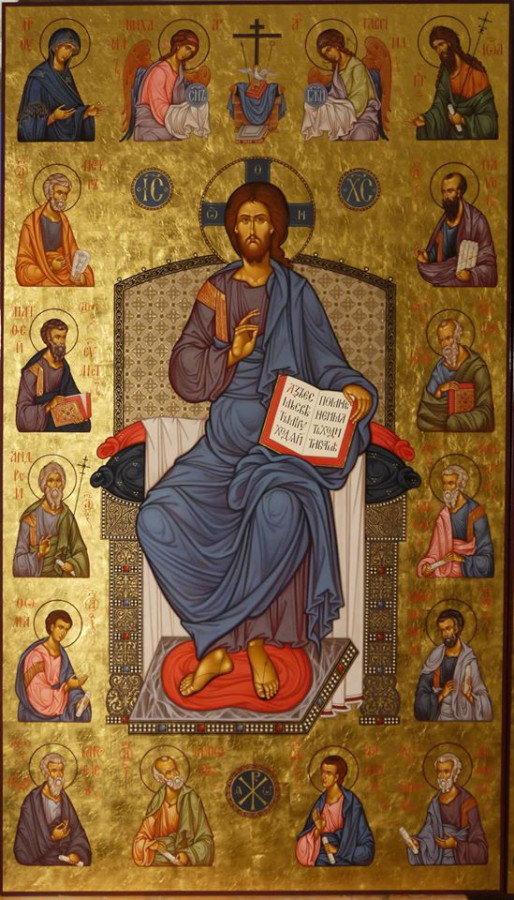 Christ Enthroned With Apostles
Christ Enthroned With Apostles
